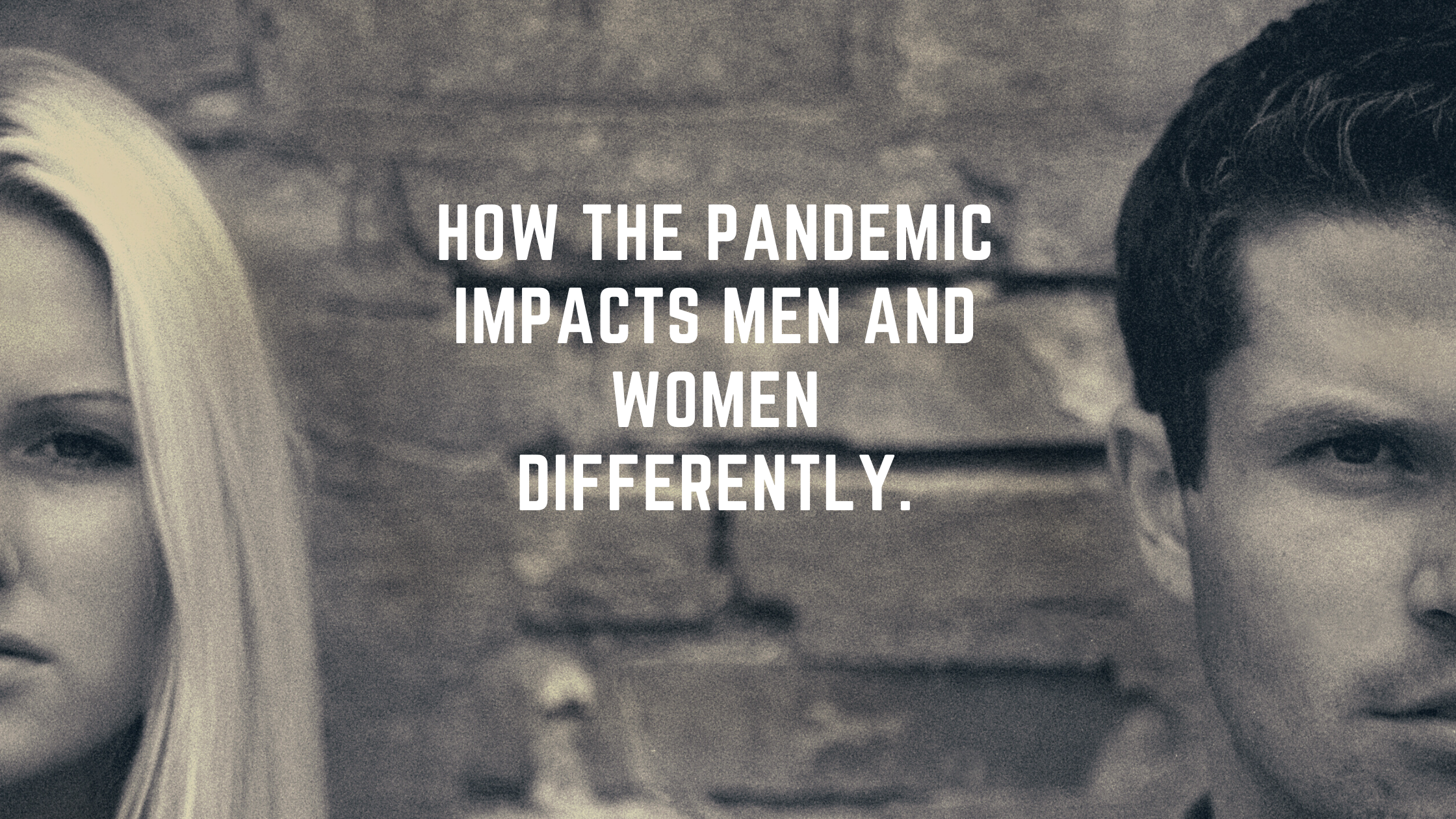
According to one poll, 68% of female respondents worried about contracting COVID compared to 56% of men. And that’s true despite reporting than men actually tend to suffer worse outcomes if they contract the virus. So the pandemic impacts men and women differently, and perhaps not in the ways you might expect. Some of those differences are related to each gender’s roles in society, and some to do with how men and women react to and process situations.
How the pandemic impacts men and women differently
House rules. Stay at home orders have upended our daily lives. Virtually overnight, many restaurants, pubs and cafes closed, ending the ability to socialise with friends and colleagues. Gyms, yoga studios and other fitness outlets also shuttered, reducing our regular ways of staying fit and controlling stress. At the same moment, our time with partners and children has significantly increased.
Men and women process things differently, and it’s well-documented that women tend to communicate concerns more openly with friends than men do. It stands to reason that they are having far fewer conversations than usually provide the normal outlet they depend on. According to one study 36% of women reported a negative impact on their mental health due to the pandemic versus just 27% of men.
Women are more likely to be diagnosed with depression and anxiety than men, so it’s perhaps not surprising that more women are reporting mental health concerns. However, men also process stress as anger more than women do, and there is at least one UN report about increases in domestic violence in Latin America during the virus. Obviously, this is not to suggest that most men are violent, but those that are may be more easily triggered at this time.
Schoolhouse rockiness. Another way the pandemic impact differs by gender is traditional roles when it comes to caring for children. Women are still more likely than their male partners to shoulder a larger part of the responsibility for day-to-day management of children. More women work part time or flexible schedules to accommodate their children’s school and extracurricular activities. Now those children are at home, and women are more likely to simply extend the time they care for their children from early mornings and late afternoon, to round the clock. This isn’t to say there aren’t a lot of dads suddenly teaching history at a kitchen table. But women still tend to be the primary caretaker of children, and that responsibility has significantly broadened over the last few months.
Work it out. The pandemic impacts men and women differently in terms of their employment situations as well. Women are overrepresented in roles like retail sales and restaurant service. And in April 2020, more US women lost their job than men did. On the other hand, 70% of global health care workers are women. So a good number of women who did hold on to their jobs, are doing some of the most high-risk work in the country.
Understanding that the pandemic impacts men and women differently helps us understand each other.
Everyone is struggling in different ways under the stress due to both fear of coronavirus itself, and the restrictions to reduce the spread. But how and where the pressure builds can be different by gender. It can help to be aware, as our worlds have gotten much smaller, the ways that others are dealing with the pandemic, and how their lives might be differently impacted. Right now, we all need some perspective and compassion to help each other process a moment quite unlike any other.

Dr Robert Kovach
PSYCHOLOGY. LEADERS & TEAMS.







